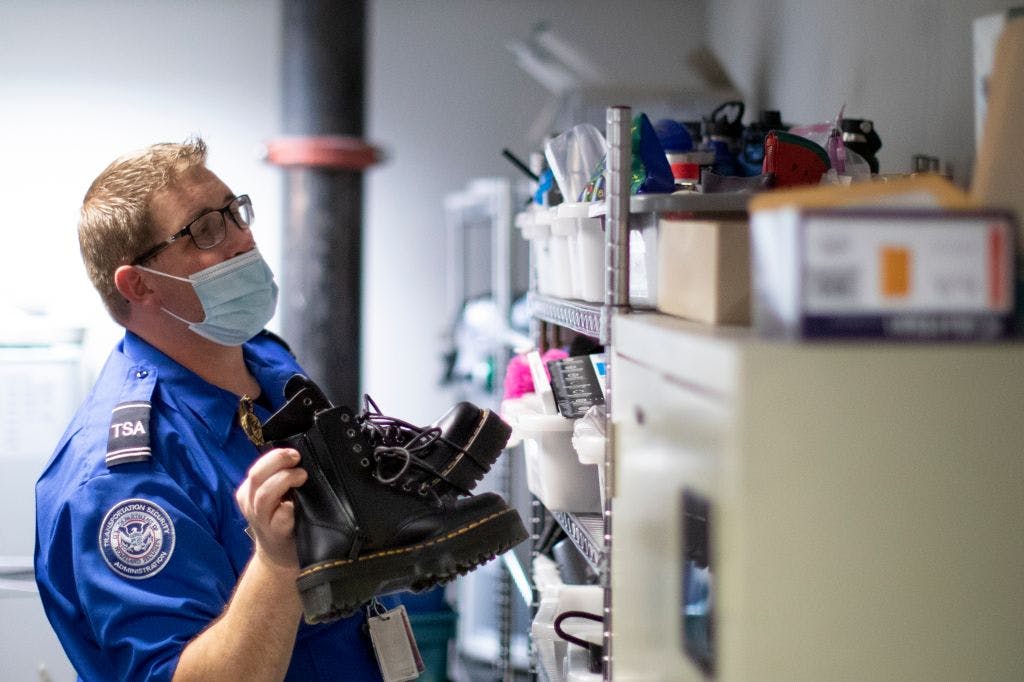Paying $200 a year for Clear+ might start looking pretty goofy with the TSA ending its shoe rule
The TSA is set to reverse its nearly 20-year-old policy on shoe removal for passengers.
Rejoice, weary travelers, for there could soon be one less thing for TSA officers to yell at you about.
According to government officials and first reported by travel newsletter Gate Access, the TSA is dropping the nearly 20-year-old rule requiring passengers to remove their shoes, though “selected airports” may still require it until it expands nationwide. Gate Access reports that the shoes-on policy reversal will apply only to those with a Real ID, limiting the change to US residents.
The rule, established in 2006, has been frequently blamed for adding to security line congestion and has certainly driven thousands of frequent fliers to programs like TSA PreCheck and Clear.
Clear shares are trading down about 2% on Tuesday afternoon, implying that investors are seeing less incentive for travelers to continue forking over the $209 each year for the private line-skipping service. Clear+ memberships have climbed by millions in recent years, driving the company’s revenue to $211.4 million in the first quarter, an 18% growth year over year.
But the dip for Clear may be temporary. Gate Access author and former TSA officer Caleb Harmon-Marshall says that the policy change could mark the beginning stages of the dissolution of TSA PreCheck — with Clear or another private company providing the perk in the future. The Trump administration has had the TSA in its sights in its first year, with Transportation Secretary Sean Duffy calling it “the #1 travel complaint” in April.
